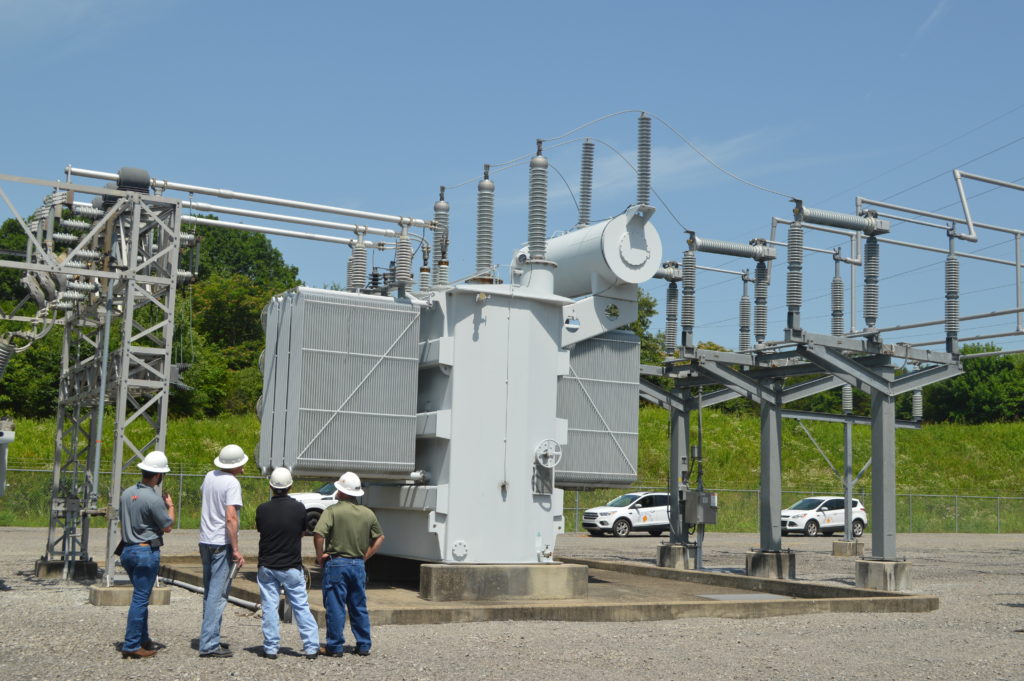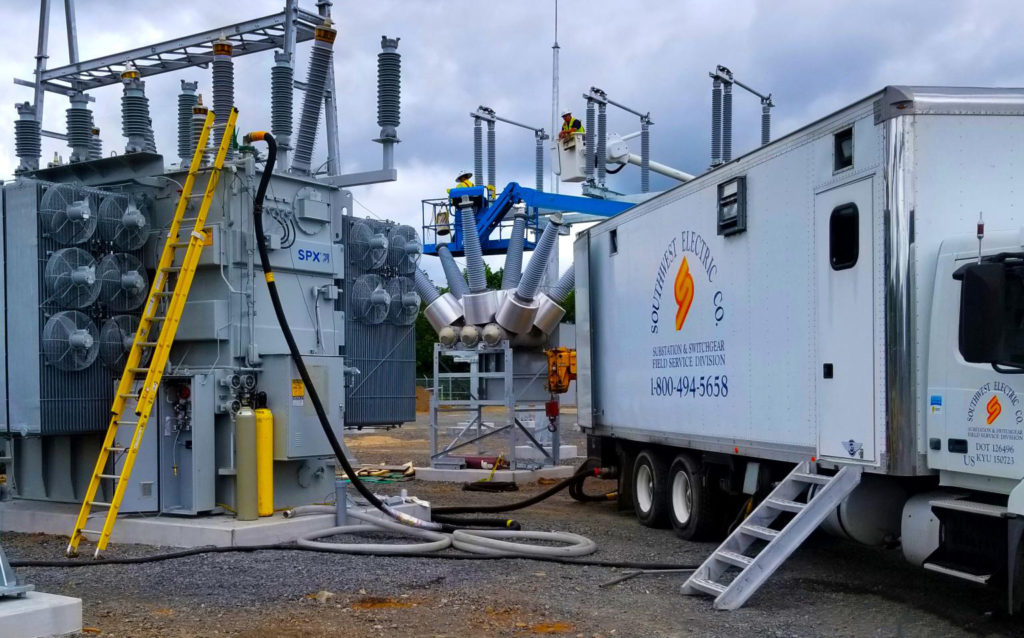By Mark Stone, Training Manager
Transformer oil is necessary for many reasons. In this article, you’ll learn four things you need to know about transformer oil, including how to monitor its health and keep your facilities running smoothly.
1. Transformer Oil vs. Synthetic Fluids
Today, the majority of transformers are still filled with mineral oil. But, other types of oil are becoming more and more popular and there are quite a few different types to choose from. Some alternative fluids have benefits such as high fire and flash points for indoor use or environmentally friendly attributes. Other fluids found in transformers might have been used in the past, but are no longer available due to health or environmental issues. No matter the type of fluid that your transformers are using, it is important to know the oil’s functions and be able to monitor the health. For more on the subject of synthetic oils, check out our recently published article here.
2. The History & Original Purpose of Mineral Oil in Transformers
Let’s travel back in time to the mid 1880s. The earliest transformers built between 1884 and 1886 did not have oil in them. They were dry-type and very small. In 1887 Elihu Thomson patented the use of mineral oil in transformers, with the original purpose being to disperse the heat from the core of the transformer and prolong the life of the equipment. Mr. Thomson also realized that anything coming in contact with the energized pieces and parts of a transformer would also have to be an insulating material.
3. The 4 Main Functions of Transformer Oil

Now, let’s identify four main functions of the transformer oil:
- Heat Transfer – As a transformer operates, heat is generated from the load on the transformer as well as the ambient or environmental temperature (which has a lot to do with how hot the transformer operates). The oil works to disperse this heat from the core and coils.
- Dielectric Strength – Both the paper and oil inside a transformer have dielectric strength. Combined, the paper and oil yield a 23% increase in dielectric strength. The increase in dielectric strength makes this combination popular as an insulating team.
- A Testing Medium – A representative oil sample can be pulled and sent off to a lab for testing. This is analogous to someone getting a blood test to asses their general health. The doctor pulls a vial or two of blood, sends it off to a lab, and a week or so later the results are back. Then, the results are analyzed and decisions can then be made about what needs to be done to prolong a person’s healthy life. This is the same goal that we have when testing transformers – to extend the life of the equipment!
- Protects the Solid Insulation – The transformer oil protects the solid insulation (paper). This is by far the most important function of the oil. Once the integrity of the paper is gone, you really only have two options to bring the transformer back to a good reliable piece of equipment: replace or rewind it.
4. How to Tell if Your Oil its Doing Its Job
Schedule Oil Testing & Analysis
How can you find out if your transformer’s oil is actually doing what it is meant to do and not prematurely aging the transformer? One way is by doing annual oil testing. The types of routine and non-routine tests that are needed will depend on factors such as the importance and the criticality of the transformer.
Pulling an oil sample is the cheapest and easiest thing to do on an energized transformer, as long as you have safe access to the valves. Pulling an oil sample from a transformer is a fairly easy process, but the samples can easily be contaminated. Here are a few of the steps that we should follow to ensure that we get a good representative sample. There are, of course, a lot more safety factors that we need to look at if the transformer is energized.
4 Steps:
-
Pull From the Front Plug
– If possible, collect your sample from the front plug of the valve, not the side sample port. This helps minimize the chance of possible moisture buildup from inside the valves from getting into your sample.
-
Flush
– ASTM D923 Standard Practice for Sampling Electrical Insulating Liquids states that you should flush two liters of oil from the transformer before pulling your samples. Why that much? The bottom valve has a stem on it that goes back into the transformer about 10 inches. That oil is stagnant and not thermally siphoning with the rest of the oil. So, the oil in the pipe is not picking up any water, gasses, or other contaminants that you want to detect. This is very important!
-
Use Proper Containers
– Using just any bottle (some people have used empty water bottles, sports drink bottles, or even children’s sippy cups!) increases your risk of a contaminated sample. If you don’t have the proper containers, your lab should be able to supply them. Even with the proper containers, you must remember that they are a manmade product with possible dust, dirt, or other contaminants inside. So, it is extremely important to rinse the bottles well before sampling.
-
After sampling
– Do not let the samples sit around in direct sunlight, in excessive heat, or just sit around, period. Ship them off to your lab as soon as possible. Samples do have a shelf life!
The sole purpose of doing the sampling correctly is to make sure you get a good representative sample from the transformer. If you do not get that good representative sample, you are wasting your time and money, because the lab is going to give you inaccurate test results and bad recommendations. Because it is so easy to contaminate a sample, Southwest Electric recommends that any questionable or unacceptable results that are not trending be verified by resampling, especially before making any major oil maintenance decisions.
You can learn more about the oil testing and analysis process in our recently published article here.
Have more questions? Contact our team for answers.

